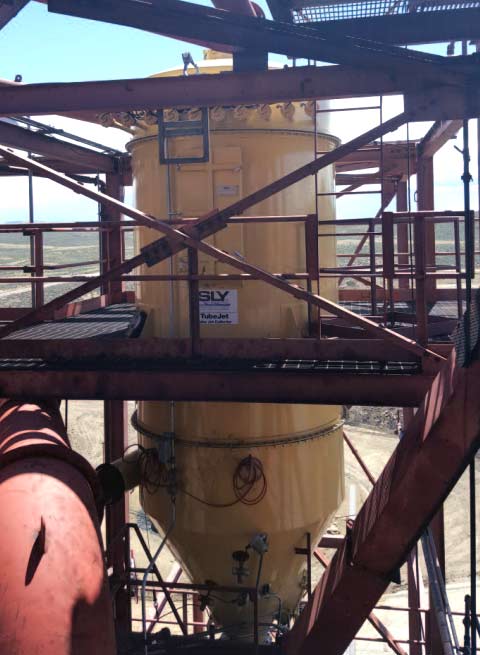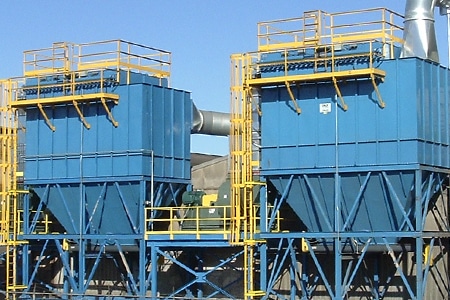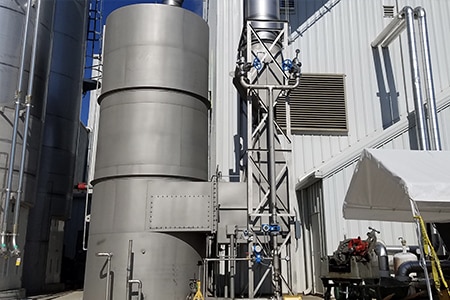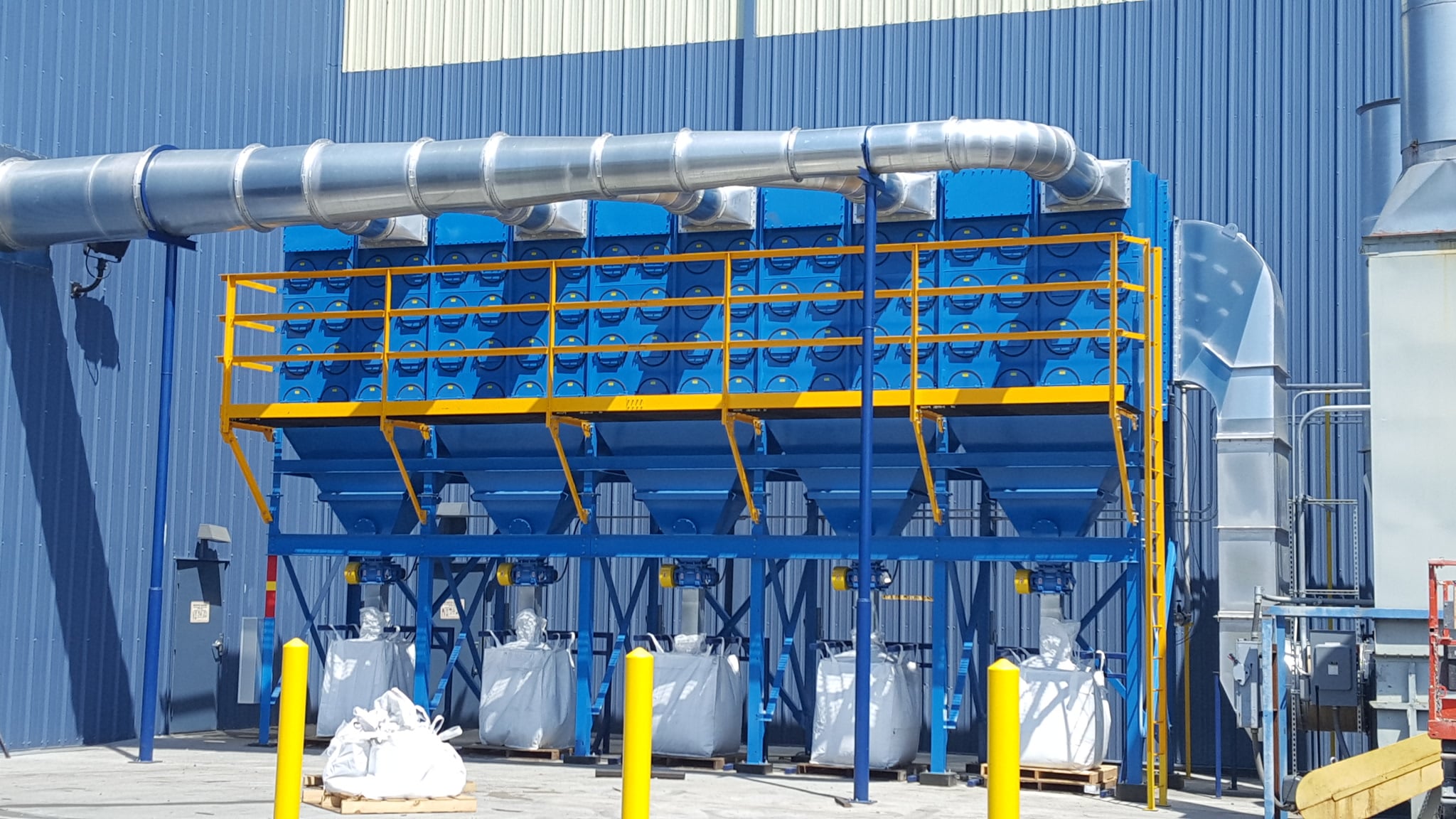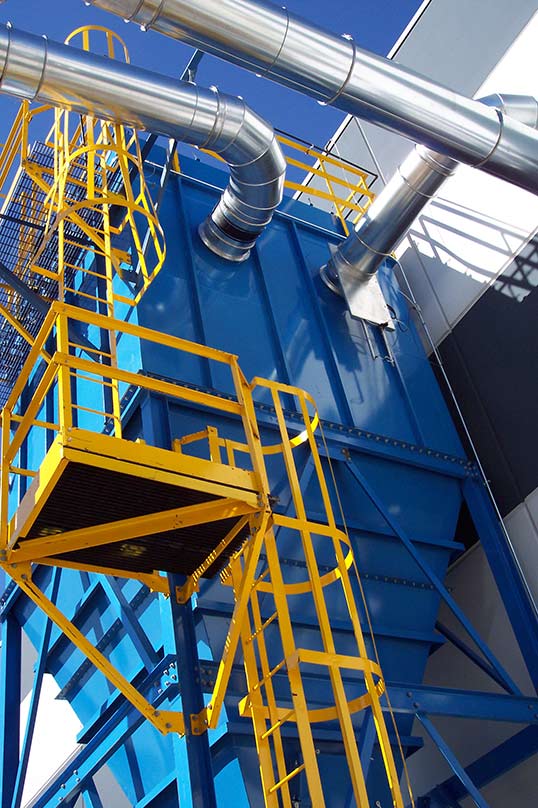What is Fly Ash?
Fly ash is a fine, glass-like powder recovered from coal-fired electric power generation. U.S. power plants produce millions of tons of fly ash annually, often disposed of in landfills or ponds. Companies are compelled by Environmental Protection Agency (EPA) regulations to clean or empty these ponds and reduce fly ash waste.
Taking the Guesswork Out of Purchasing a Dust Collector Download White Paper
Commercial uses can make fly ash recovery a profitable venture. For example, fly ash is used as a direct substitute for Portland cement in concrete production or can replace mined gypsum in wallboard. The site of its first documented use in cement production was in the 1940s when fly ash concrete was used for a tunnel spillway at the Hoover Dam. When applied in controlled and measured amounts, fly ash also shows excellent potential as a soil amendment to help modify soil health and improve crop performance.
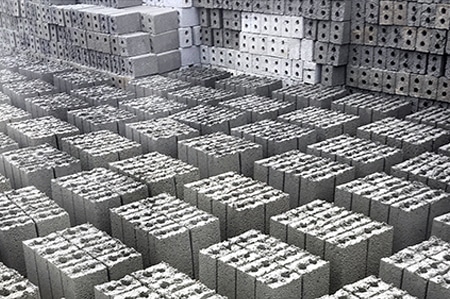
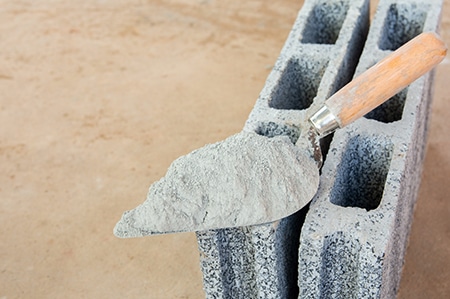
Due to its commercial value, fly ash represents a process dust recovery rather than a nuisance dust removal. This aspect and its unique characteristics influence the type of dust collection equipment and system design to realize optimal performance and recovery.
Considerations for Designing a Fly Ash Dust Collection System
Fly ash removed from waste ponds requires drying to remove its moisture content and make it suitable for industrial use. Common equipment for this purpose often includes a rotary calciner or flash dryer.
Calcination subjects the fly ash to elevated temperatures, typically between 700° to 1000°C (up to 2000°F) to dry and stabilize the material. Fly ash is often collected directly from the calciner or dryer. In fact, 90-95% of the product being processed in the calciner enters the dust collector for a heavy dust load.
This type of dust contains high levels of silicon dioxide and aluminum oxide or the main material compounds found in coal-bearing rock, which makes it very abrasive. In addition, fly ash is extremely fine and tends to fluidize when transferring, which can be a material handling challenge and must be considered during system design.
Key considerations when designing a dust collection system for fly ash include:
- Volume or dust load
- Dust characteristics
- Airflow
- Temperature
- Abrasiveness
The calciner processes thousands of pounds of material, resulting in a high dust loading, with several hundred grains per cubic foot of material being conveyed in every cubic foot of air. The dust loading, in addition to its flow characteristics, impacts the collection process.
In addition, design considerations must counter the higher temperatures used in the calciner to reduce the air temperature before it enters the baghouse, dropping it to a minimum of 350°F. This temperature drop helps engineers design a more cost-effective system, impacting components such as material selection for baghouse filters.
Due to the abrasive nature of the dust, all the contact points, such as the hopper, inlet, or airlocks, must be constructed of abrasive-resistant materials such as high-carbon alloy steel. Also, a cyclone might be installed as a prefilter to extract most of the material to help extend the lifespan of the baghouse.
Sly LLC offers customers decades of designing and building dust collection systems to collect fly ash for industrial purposes. Dust collection systems are fabricated for robust durability and to optimize fly ash recovery. Each system for fly ash collection is custom-designed and manufactured, from the placement of the inlets to sizing the system for air volume and the air-to-cloth ratio. Customers appreciate the depth of knowledge that an industry expert can supply to develop reliable product recovery.
We offer a complete line of dust collection equipment, including cyclones, bag houses and filters (in a wide range of media), wet scrubbers, and loading spouts. During our 100-year history, our expert engineers have worked with companies of all types to supply equipment for solutions to their unique applications. Maintain worker safety, meet emissions standards, and enjoy near complete fly ash recovery with a dust collection system from Sly LLC. Request a quote for your fly ash recovery project today.
Featured Resources
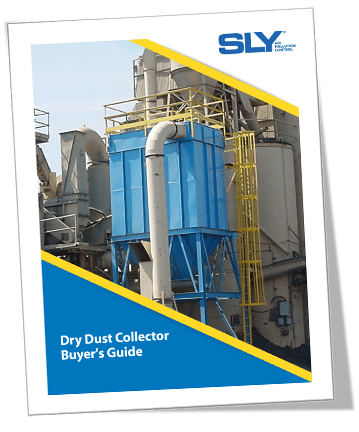
Our new Dry Dust Collector Buyer’s Guide can help you navigate the complex specifying and purchasing process once you decide a dust collector or baghouse is the right solution for your air pollution needs.
Read More
Effective Dust Collection Methods and Tips
Sanitary, Safe And Sensible—Designing The Best Baghouse Discharge System
Topics: dust collection equipment, dust collector replacement bags, bag filter cleaning
January 13, 2023
Whether building a new facility or instituting renovation and updates, there are important considerations when selecting a baghouse discharge system. The baghouse discharge system does more than eliminate nuisance dust. It can help improve worker safety by eliminating hazards, helping comply with OSHA regulations, and enhancing product quality. Or, in certain situations, it aids company profitability.
Read MoreNothing To Sneeze At—5 Keys To Improving Dust Removal Efficiency
Topics: dust collection equipment, dust collection system, dust collector
August 26, 2022
There are at least five keys to help improve your dust collection system and greatly reduce, if not eliminate, these consequences by increasing dust collection efficiencies for a cleaner, safer work environment and enhanced product quality and production.
Read More

